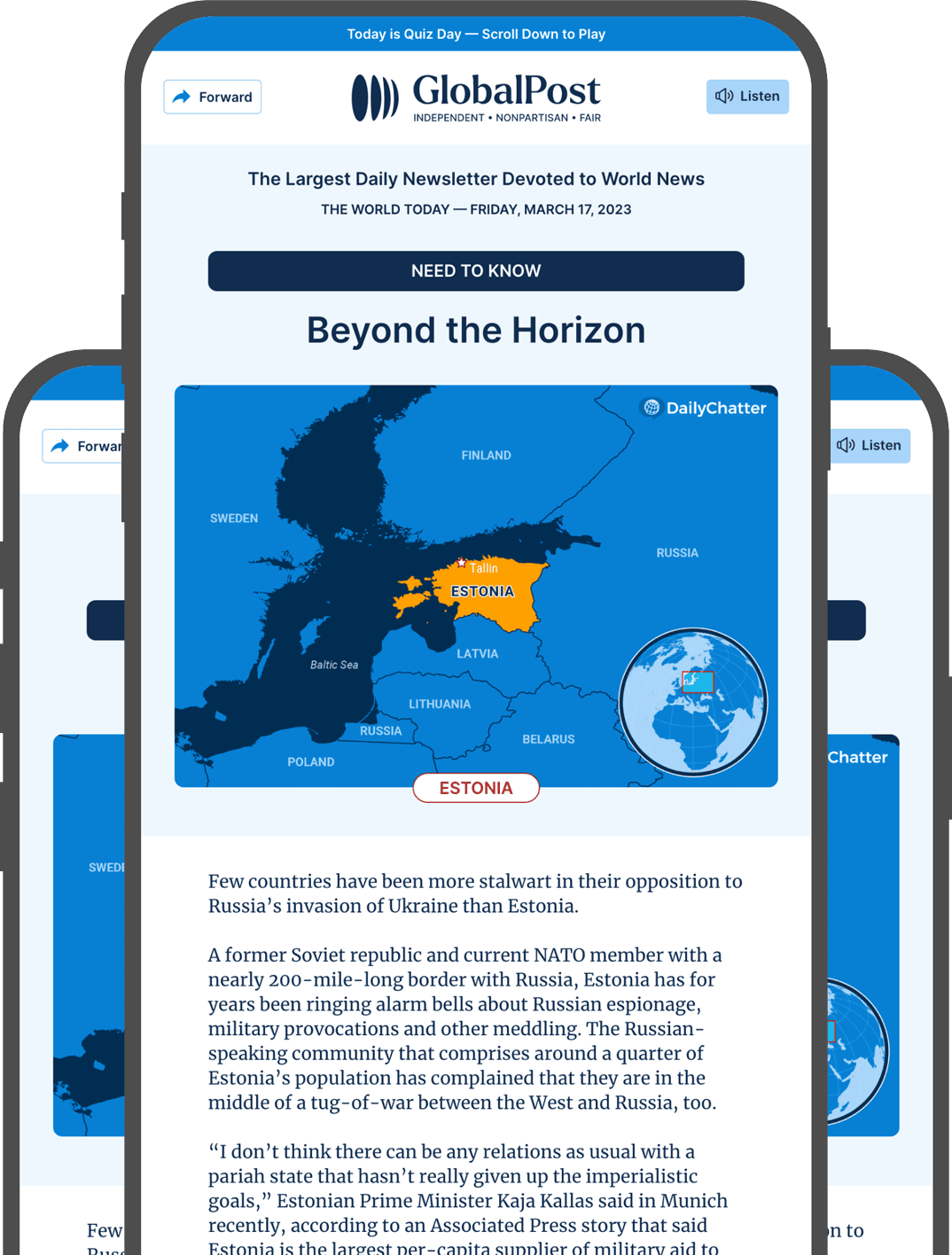US and Vietnam Reach Trade Deal To Avert Tariff Clash

The United States and Vietnam reached a trade agreement Wednesday, just days before the Trump administration’s July 9 tariff deadline, a deal observers say establishes a template for future US trade negotiations with other countries – and escalates tensions with China, the Washington Post reported Thursday.
Under the agreement, the US will impose a 20 percent tariff on Vietnamese goods, a significant decrease from the 46 percent rate announced in April.
Washington will also apply a separate 40 percent levy on goods deemed to be “transshipped” through Vietnam – referring to products originating from other countries, such as China, that are rerouted through Vietnam to evade higher US tariffs.
Vietnam will also provide “preferential market access” to some US goods, including certain makes of automobiles.
The announcement marks the first full trade pact the Trump administration has signed with an Asian country since the April 2 “Liberation Day” tariff hikes, and comes amid a 90-day freeze on reciprocal tariffs.
Though the Vietnamese government has yet to confirm the specifics of the agreement, analysts said the deal offers short-term clarity while introducing long-term uncertainty – particularly around how “transshipment” will be defined and enforced.
Vietnam is heavily reliant on US trade, but the country’s supply chains remain deeply interlinked with China, especially in electronics and manufacturing. Economists have warned that broad enforcement could damage legitimate Vietnamese exports and threaten more than two percent of the country’s gross domestic product.
Other Asian economies, including Malaysia and Thailand, are expected to face similar scrutiny over transshipment practices.
On Thursday, Beijing reacted sharply to the deal, with officials saying they “firmly oppose any party reaching a deal at the expense of China’s interests” and would “resolutely take countermeasures,” Channel News Asia wrote.
Meanwhile, analysts said the US-Vietnam deal may now serve as a model for agreements the US is attempting to make with other Asian countries, including India, Japan, and South Korea.
Some analysts believe Trump’s 20 percent benchmark will become the standard, unless negotiators can secure better terms in the coming days, CNBC noted.
European officials and businesses are watching the developments closely, with observers suggesting that the European Union is unlikely to get tariff-free access under Trump.
Trump has previously proposed tariffs as high as 50 percent on EU goods, while the bloc has threatened countermeasures against the US.

Subscribe today and GlobalPost will be in your inbox the next weekday morning
Join us today and pay only $46 for an annual subscription, or less than $4 a month for our unique insights into crucial developments on the world stage. It’s by far the best investment you can make to expand your knowledge of the world.
And you get a free two-week trial with no obligation to continue.
